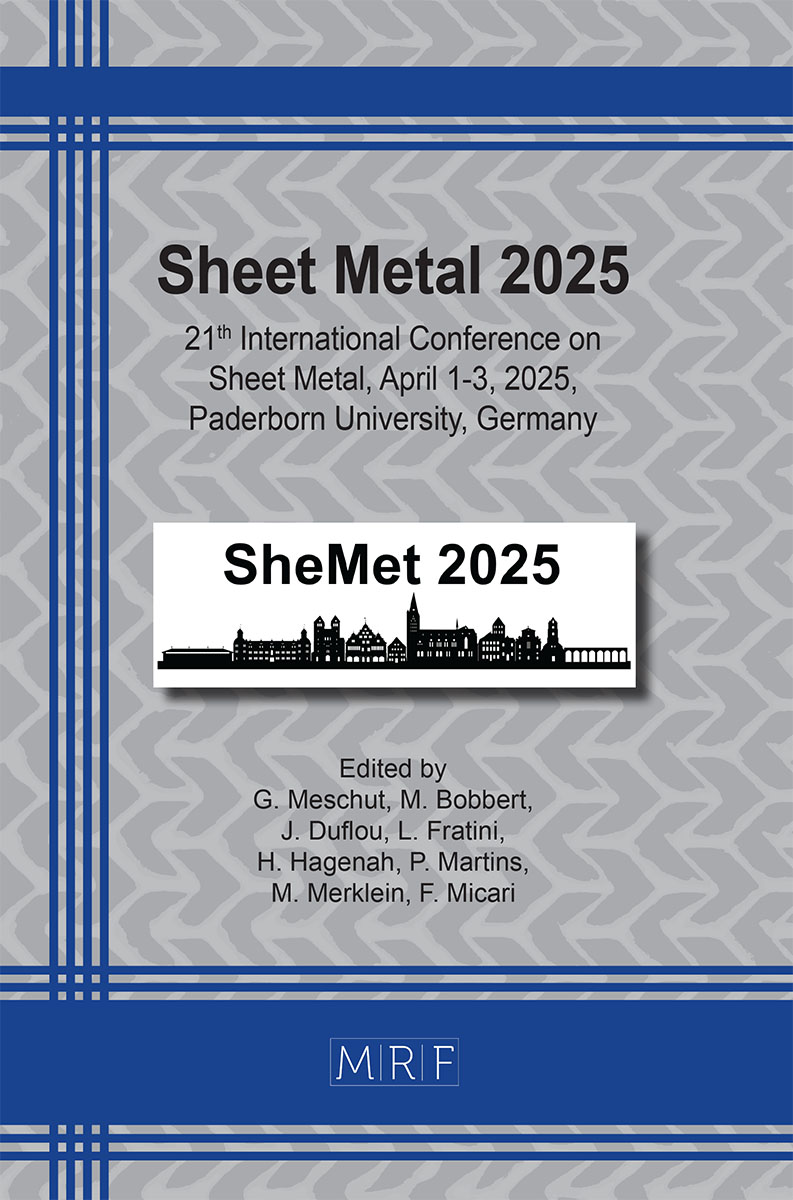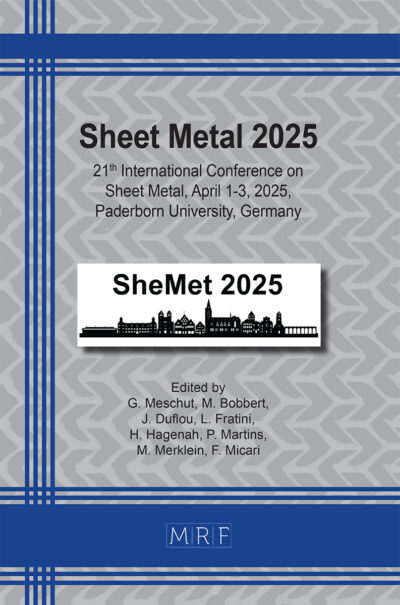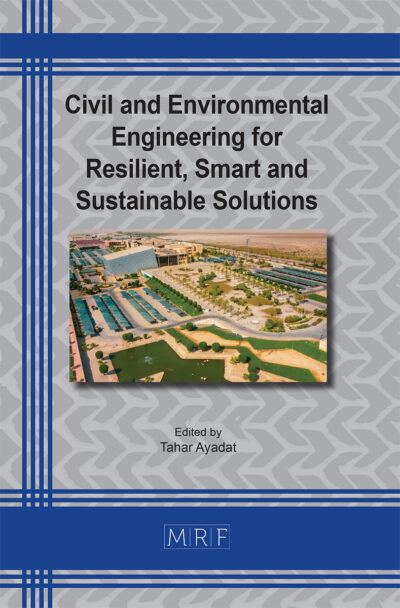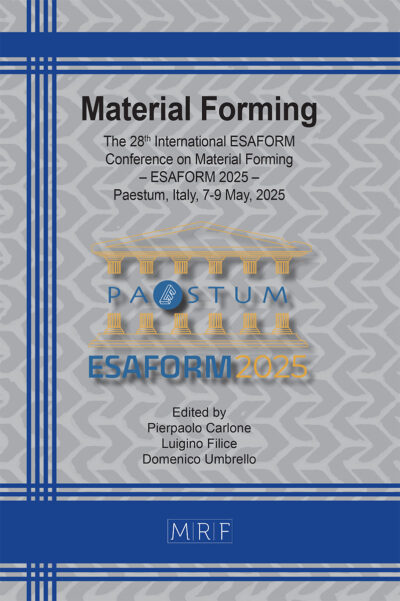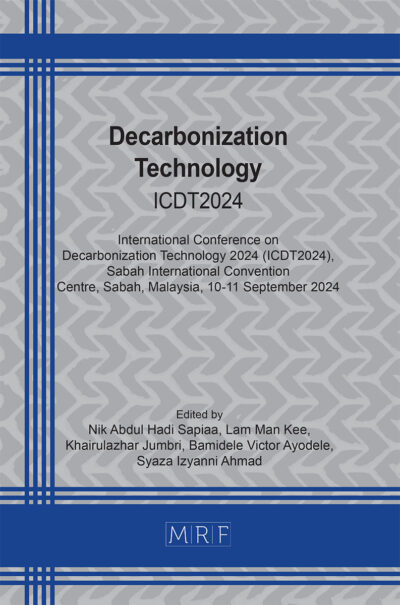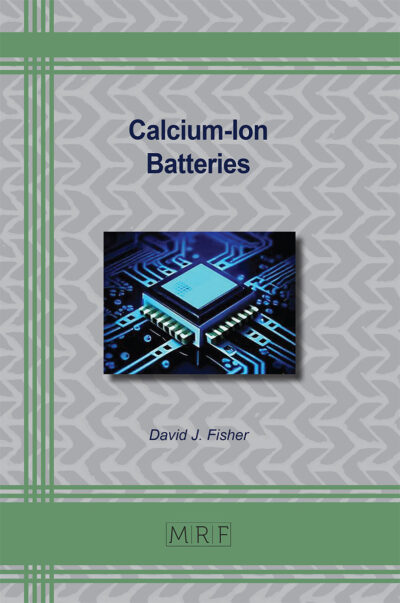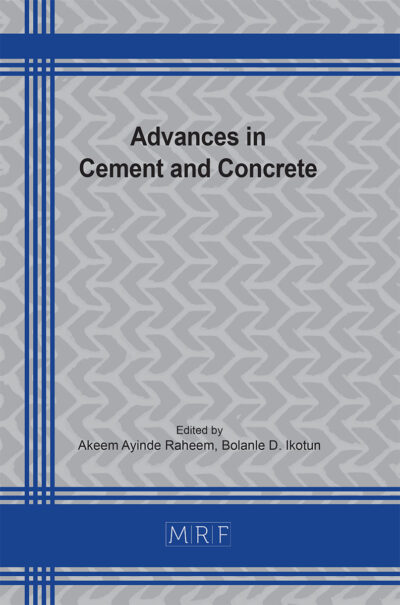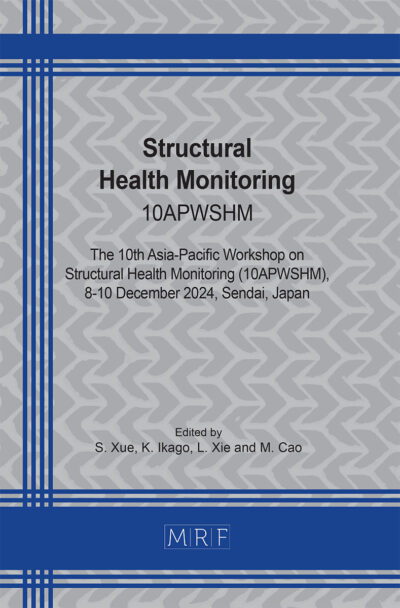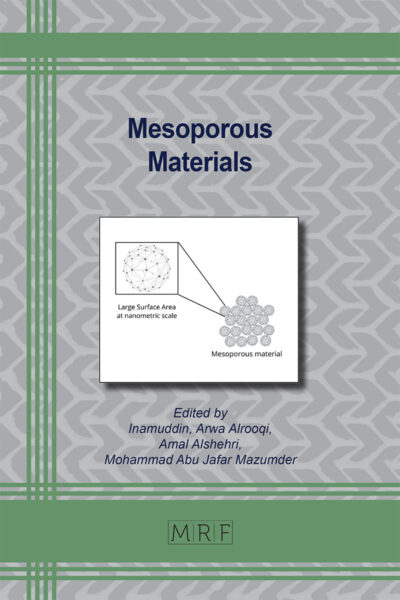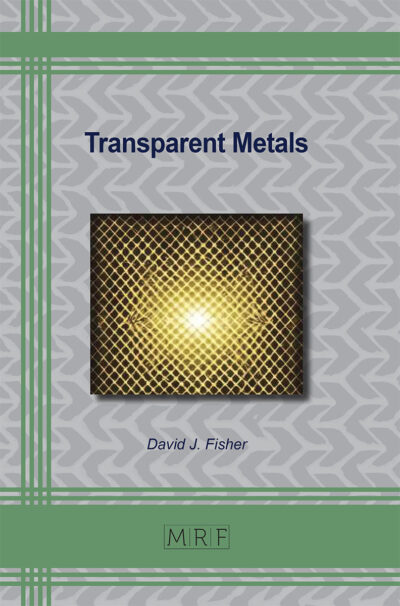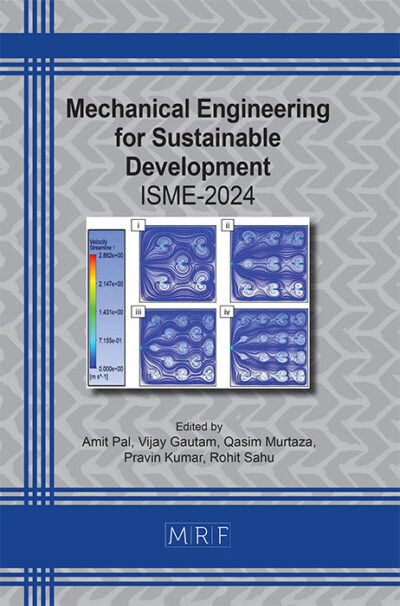Influence of thermal effects on clinch joining of sheet metal
Johannes Friedlein, Paul Steinmann, Julia Mergheim
Abstract. Mechanical joining methods, such as clinching, are characterised by locally large plastic deformations of the sheet metal to be joined. The majority of the thereby inserted work is transformed into heat. The heat generation and temperature evolution are systematically studied herein by means of thermomechanical process simulations for joining the dual-phase steel HCT590X and the aluminium alloy EN-AW 6014. The thermal-induced softening of the material is incorporated by a suitable coupled thermoplastic constitutive model. It is observed how the tools significantly and importantly contribute to the heat exchange. They reduce peak temperature increases of 225 K (without heat transfer to tools) to less than 90 K for realistic behaviour of contact heat transfer. Overall, increases in temperature during clinch joining can be expected to remain below 90 K for steel-steel joints and around 50 K for aluminium-aluminium joints.
Keywords
Thermal Effect, Modelling, Thermoplasticity
Published online 4/1/2025, 9 pages
Copyright © 2025 by the author(s)
Published under license by Materials Research Forum LLC., Millersville PA, USA
Citation: Johannes Friedlein, Paul Steinmann, Julia Mergheim, Influence of thermal effects on clinch joining of sheet metal, Materials Research Proceedings, Vol. 52, pp 175-183, 2025
DOI: https://doi.org/10.21741/9781644903551-22
The article was published as article 22 of the book Sheet Metal 2025
![]() Content from this work may be used under the terms of the Creative Commons Attribution 3.0 license. Any further distribution of this work must maintain attribution to the author(s) and the title of the work, journal citation and DOI.
Content from this work may be used under the terms of the Creative Commons Attribution 3.0 license. Any further distribution of this work must maintain attribution to the author(s) and the title of the work, journal citation and DOI.
References
[1] G. Meschut, M. Merklein, A. Brosius, M. Bobbert, Mechanical joining in versatile process chains, Production Engineering. 16 (2022) 187-191. https://doi.org/10.1007/s11740-022-01125-y
[2] W.S. Farren, G.I. Taylor, The heat developed during plastic extension of metals, Proc. R. Soc. (London) A, 107 (1925) 422-451. https://doi.org/10.1098/rspa.1925.0034
[3] J.M.P. Martins, D.M. Neto, J.L. Alves, M.C. Oliveira, L.F. Menezes, Numerical modeling of the thermal contact in metal forming processes, Int. J. Adv. Manuf. Technol. 87 (2016) 1797-1811. https://doi.org/10.1007/s00170-016-8571-y
[4] S. Härtel, M. Graf, T. Gerstmann, B. Awiszus, Heat generation during mechanical joining processes-by the example of flat-clinching, Procedia engineering, 184 (2017) 251-265. https://doi.org/10.1016/j.proeng.2017.04.093
[5] M. Džupon, Ľ. Kaščák, D. Cmorej, L. Čiripová, J. Mucha, E. Spišák, Clinching of high-strength steel sheets with local preheating, Applied Sciences, 13 (2023) 7790. https://doi.org/10.3390/app13137790
[6] J. Osten, P. Söllig, M. Reich, J. Kalich, U. Füssel, O. Kessler, Softening of high-strength steel for laser assisted clinching, Advanced Materials Research, 966 (2014) 617-627. https://doi.org/10.4028/www.scientific.net/AMR.966-967.617
[7] F. Xu, H. Wang, M. Gao, H. Liu, L. Xu, Connection of difficult-to-form sheets by clinching process: a review, Materials Science and Technology, 38 (2022) 622-644. https://doi.org/10.1080/02670836.2022.2062813
[8] S. Felder, N. Kopic-Osmanovic, H. Holthusen, T. Brepols, S. Reese, Thermo-mechanically coupled gradient-extended damage-plasticity modeling of metallic materials at finite strains, International Journal of Plasticity, 148 (2022) 103142. https://doi.org/10.1016/j.ijplas.2021.103142
[9] J. Bonet, R.D. Wood. Nonlinear continuum mechanics for finite element analysis. Cambridge university press (2016). https://doi.org/10.1017/CBO9781316336144
[10] J. Korelc, P. Wriggers, Automation of Finite Element Methods, Springer, Switzerland, 2016. https://doi.org/10.1007/978-3-319-39005-5
[11] Livermore Software Technology Corporation, LS-DYNA Theory Manual (2020).
[12] S. Schindler, P. Steinmann, J.C. Aurich, M. Zimmermann, A thermo-viscoplastic constitutive law for isotropic hardening of metals, Arch. Appl. Mech. 87 (2017) 129-157. https://doi.org/10.1007/s00419-016-1181-1
[13] J. Friedlein, M. Böhnke, M. Schlichter, M. Bobbert, G. Meschut, J. Mergheim, P. Steinmann, Material Parameter Identification for a Stress-State-Dependent Ductile Damage and Failure Model Applied to Clinch Joining, J. Manuf. Mater. Process. 8 (2024) 157. https://doi.org/10.3390/jmmp8040157
[14] V. A. Ustinov, Experimental investigation and modeling of contact heat transfer Dissertation, Rheinisch-Westfälische Technische Hochschule Aachen, 2020.
[15] M. Böhnke, M. Rossel, C.R. Bielak, M. Bobbert, G. Meschut, Concept development of a method for identifying friction coefficients for the numerical simulation of clinching processes, Int. J. Adv. Manuf. Technol. 118 (2022) 1627-1639. https://doi.org/10.1007/s00170-021-07986-4
[16] A. Chrysochoos, B. Berthel, F. Latourte, S. Pagano, B. Wattrisse, B. Weber, Local energy approach to steel fatigue. Strain, 44 (2008) 327-334. https://doi.org/10.1111/j.1475-1305.2007.00381.x
[17] L. Rose, A. Menzel, Optimisation based material parameter identification using full field displacement and temperature measurements, Mechanics of Materials, 145 (2020) 103292. https://doi.org/10.1016/j.mechmat.2019.103292
[18] F. Boeschoten, E.F.M. Van der Held, The thermal conductance of contacts between aluminium and other metals, Physica, 23 (1957) 37-44. https://doi.org/10.1016/S0031-8914(57)90236-7

